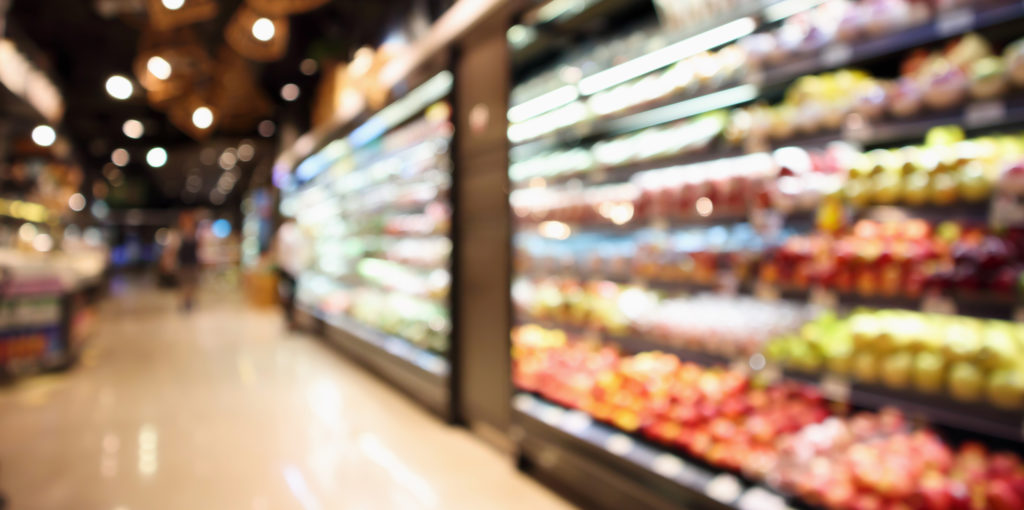
Amazon sent shockwaves throughout America and abroad when news broke of the e-commerce giant’s acquisition of Whole Foods Market. The $13.4 billion deal was the first of its kind and showed a leap of faith from traditional shopping trends to a new, technologically advanced horizon. Amazon currently has a variety of grocery based options such as AmazonFresh, Prime Now, Prime Pantry, Subscribe and Save and of course, Whole Foods.
With the implementation of these new digital grocery options, Amazon has given its Prime members, all 100 million of them, access to new, more convenient options. Though upon the inception of this virtual grocery idea, consumers were hesitant to purchase perishable items such a dairy, meats, and vegetables, the number of these items being bought is steadily rising.
Though grocery stores seemed an untouchable commodity, a business model unchanged by the time, the rising success of digital grocery shopping is changing that rapidly. Humans need to eat to sustain life, and food retail is a $5 trillion business. Though Amazon has broken barriers with their revolutionary technology, online grocery sales are expected to continue to increase to over $300 billion by 2022. According to recent studies, more than 50% of consumers are likely to order things like food, supplies, and groceries online. That same study concluded that only 24% of those consumers would go to a local retailer or supermarket.
With the aforementioned numbers in mind, it is clear that traditional grocery stores and retailers who do not stay relevant are primed for failure – no pun intended. So how will these more traditional retailers remain successful? Some grocery retailers are partnering with outside delivery companies such as Instacart, which allow customers to browse grocery store items with an app and have them delivered by an individual to their location of choice within and hour, or at a pre-selected time.
Larger retailers like Walmart and Target have been actively working to improve their delivery capabilities, following Amazon’s model. A variety of smaller, independent grocers are thriving by selling locally grown produce, specialty items that are otherwise hard to find, regional items, and holding interactive class.
Amazon , however, continues to be at the forefront of the digital grocery advancement, they recently have continued to expand Prime to a variety of foreign countries such as Mexico, Luxembourg, and Singapore. In Seattle, Amazon created its first Amazon Go store. This store includes grocery and food retails. It uses technology to ditch checking out entirely. Consumers can literally walk out of the store and be automatically, virtually charged.
With advancements like this underway, it is important to for retailers, start up companies with fresh ideas, and traditional stores to put their efforts into overtime. As the world becomes more virtually connected, and possibly disconnected from traditional interactions. customers are willing to do what it takes to save time. With schedules busier than ever, customers are willing to pay higher prices for convenience. So it is important for grocery stores to stay relevant, and innovate in this time of evolution and change.





